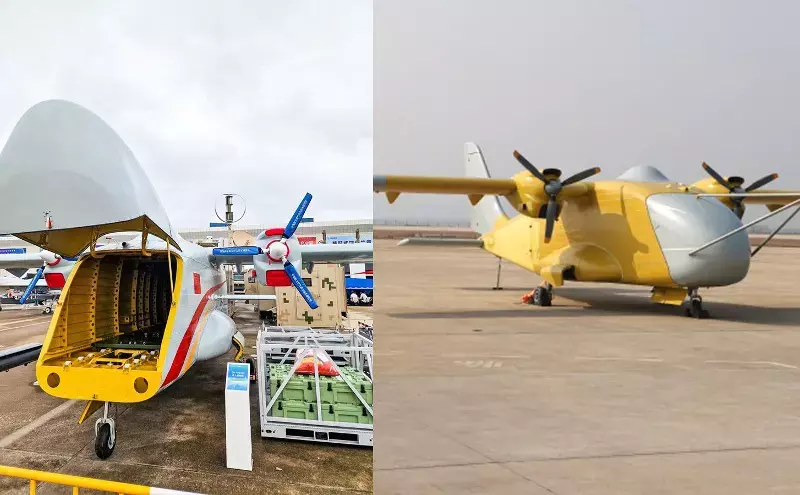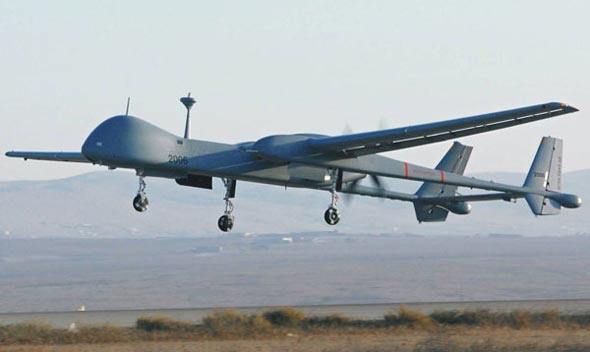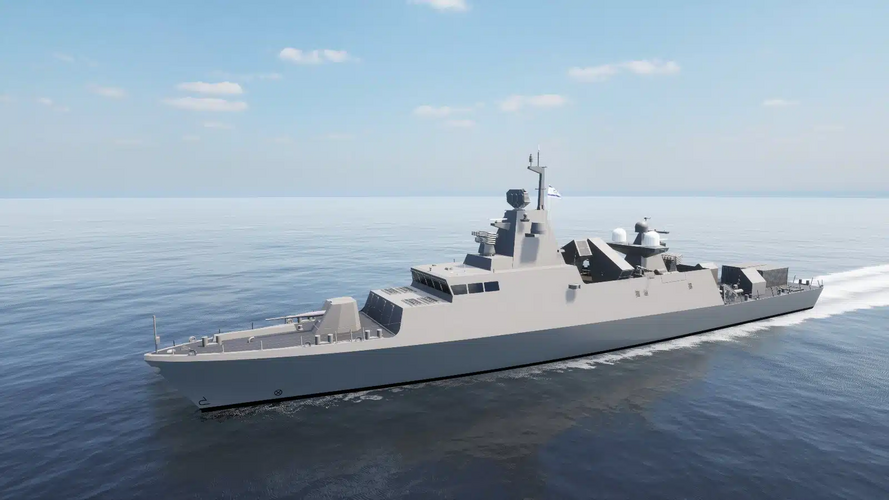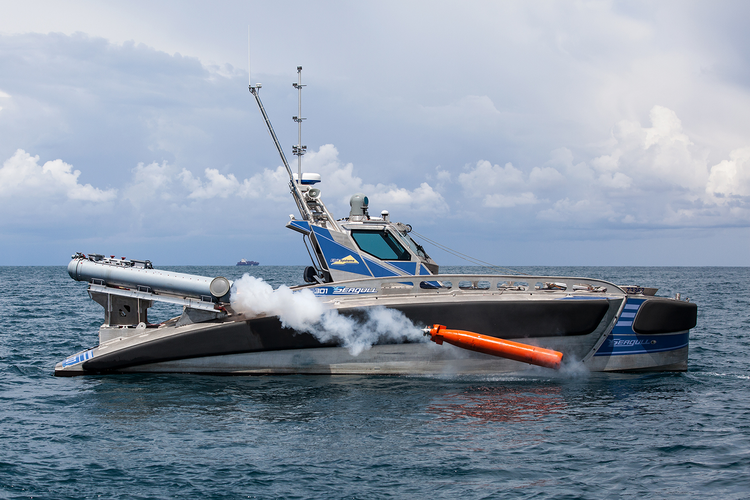Big_Zukini
ACCESS: Confidential
- Joined
- 23 November 2024
- Messages
- 164
- Reaction score
- 227
Between 2023-2025, Israel endured October 7th, a war with Hamas in Gaza, Hezbollah in Lebanon which in turn led to the collapse of Assad and rise of HTS in Syria, a naval siege in the Red Sea, and a ballistic missile exchange with Iran.
During that time, Israel shifted from a failed (IMO) strategy of containment and reactionism, to be more proactive, especially in Syria and Lebanon.
EDIT: The purpose of this thread is to discuss technologies, not politics.
These developments present in themselves new challenges, and that requires of Israel new capabilities.
What I believe Israel would need to develop from 2025 onward:
There are more challenges, like the fact that Israel's technological supremacy over its neighbors does not substitute strategic depth and other potential inherent advantages. I intentionally covered only these that I believe can be solved with a sufficiently narrow set of technological solutions.
What do you guys think?
During that time, Israel shifted from a failed (IMO) strategy of containment and reactionism, to be more proactive, especially in Syria and Lebanon.
EDIT: The purpose of this thread is to discuss technologies, not politics.
These developments present in themselves new challenges, and that requires of Israel new capabilities.
What I believe Israel would need to develop from 2025 onward:
- Regional Logistics Independent of Land Routes.
- Challenge: Sustaining new allies and proxies. Including Arab states and potentially stateless Druze and Kurds.
- Dispersion of allies means roads cannot be properly secured.
- Options need to be attritable but difficult to intercept.
- Possibly long range cargo drones.
- May require domestic assembly and fitting of non-COTS systems.
- Form factor permissive for largest types of man-portable systems.
- Delivery preferably but not exclusively via airdrop (for higher chance of return).
- Options for attritable and less attritable cargo.
Chinese CH-YH1000 meets some of the criteria for a delivery system of attritable cargo.

- Option of instability and hostility in Jordan and non-cooperation of US in Israeli-Gulf logistics is not an option yet worth investing in.
- Rapid Strike in "3rd Circle".
- Challenge: Iranian and Houthi MRBMs are prepared and arrive faster than Israel could deploy aircraft, launch munitions, and hit launchers before a strike.
- Briefly: 3rd Circle is an Israeli term for hostile nations and entities a long distance from Israel, whom it is challenging to reach. For ease of understanding, 1st circle is neighboring threats, 2nd circle is nations without border with Israel but still in comfortable proximity like Iraq.
- Capability must be deployable in a manner that does not strain readiness and expensive platforms.
- Must be capable of some form of standby.
- Must have sufficient capacity to neutralize a strike attempt.
- Factors so far indicate:
- It should be either persistently in the air, in orbit, or at shorter distance to threats.
- Should be able to carry at least a type of Israeli ALBM (ROCKS, Air LORA, Rampage).
- Such system would likely be non-feasible due to cost, complexity, deployment difficulty, or all of the above.
Eitan strategic UAV has a high operating ceiling, large payload capacity, and long endurance. Making it a potential basis for a new system.

- Persistent Recon in 3rd Circle.
- Challenge: Rapid strike and pre-empting an MRBM strike are difficult on a sense and respond basis. A way to alleviate some of the challenges is to attempt to detect organization at early stages.
- System would have to collect real-time data in multiple areas simultaneously.
- Either capture a large area on its own, or be deployable to numerous areas.
- Operate within hostile airspace or achieve effectiveness from outside it.
- Potential systems could include:
- Trade Assurance.
- Challenge: Houthis and potentially hostile entities in Africa could threaten trade through Red Sea. Foreign intervention is not assured to be sufficient or effective.
- Israel's Navy's tasks include assuring freedom of trade and access to Israeli ports.
- Solution should include:
- Persistence in Red Sea.
- Ability to escort and protect merchant vessels.
- Protect from boarding.
- Protect from above sea and undersea munitions.
- Low to high end capabilities.
- Ability to operate without detracting too much from other core navy missions.
- Deployability preferably from Eilat port, including full maintenance and logistics.
Reshef class, recently issued contract for 8 units. Due to replace Sa'ar 4.5 that could fulfill the role in the meantime.

Elbit Seagull USV has been integrated with a large number of systems to date and could extend Israel's reach where manned vessels are strained.

There are more challenges, like the fact that Israel's technological supremacy over its neighbors does not substitute strategic depth and other potential inherent advantages. I intentionally covered only these that I believe can be solved with a sufficiently narrow set of technological solutions.
What do you guys think?





